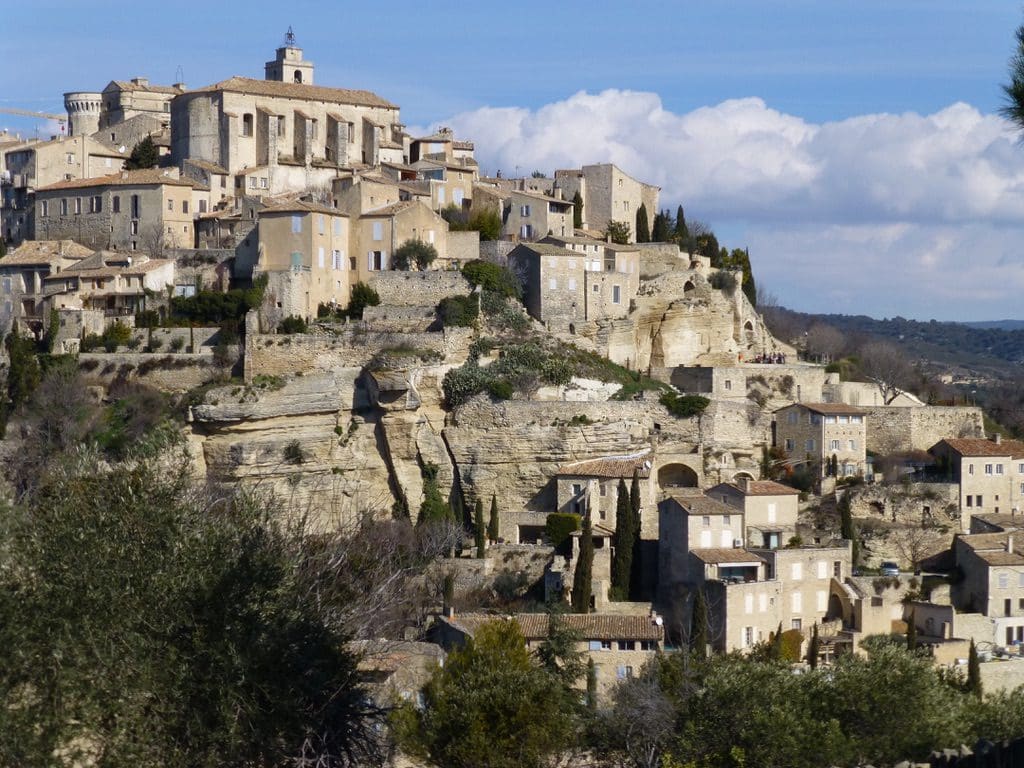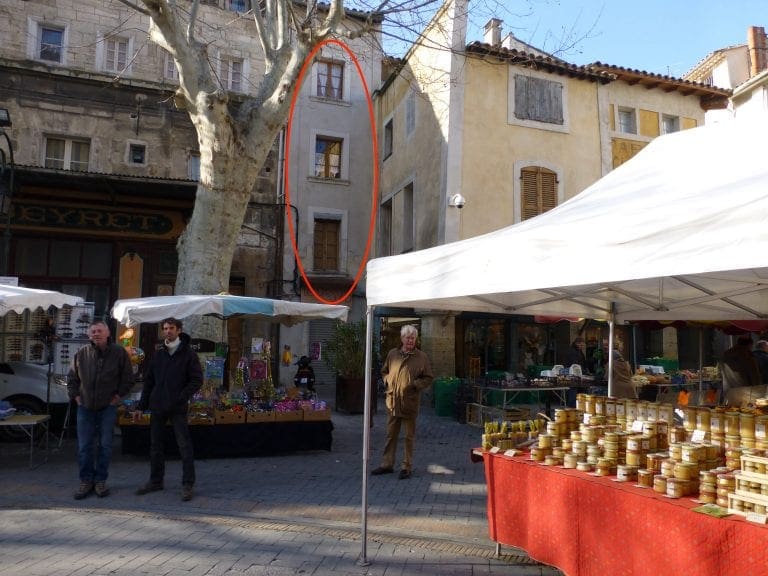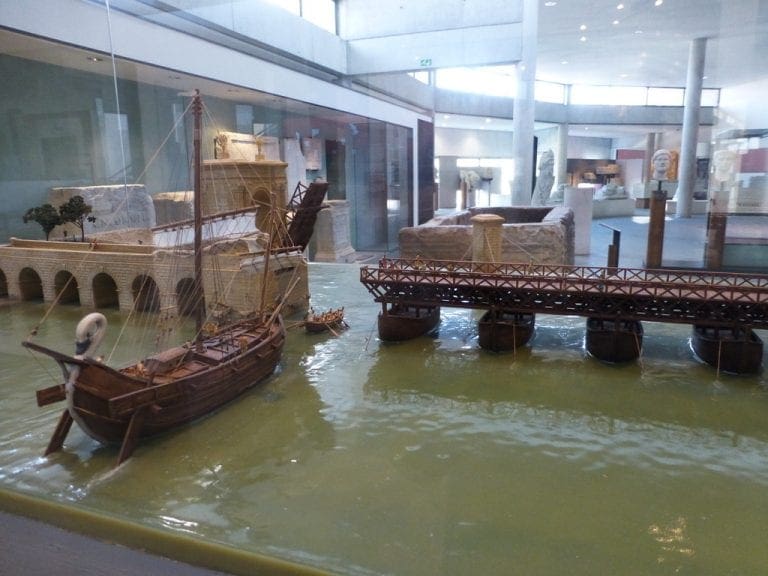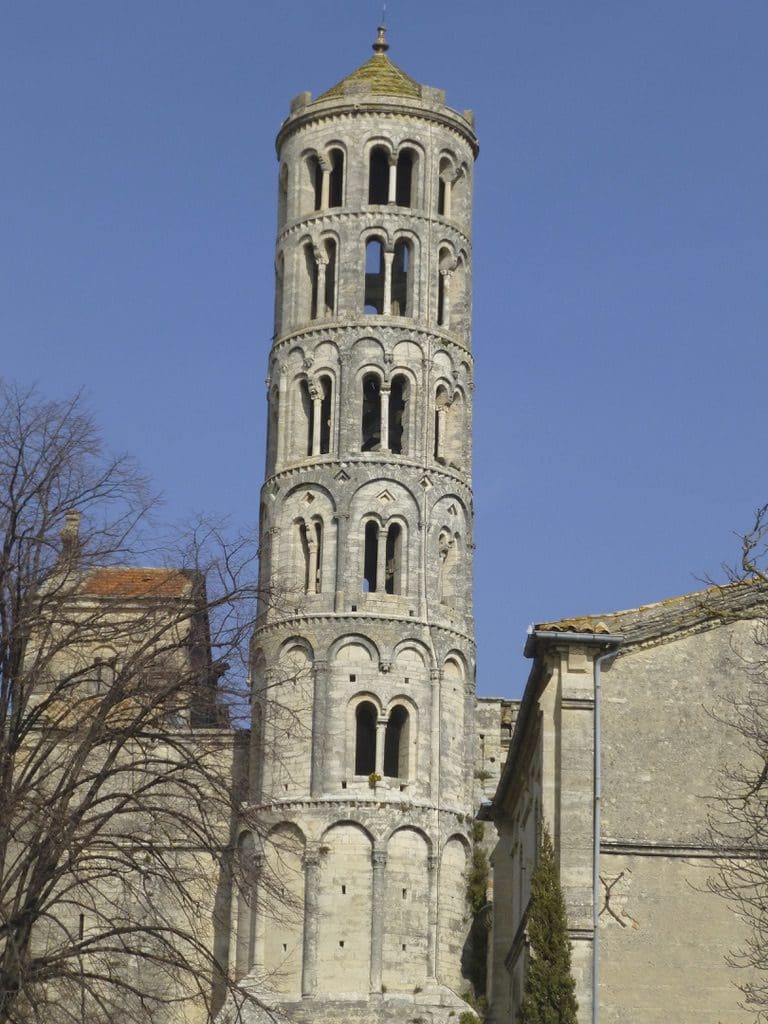I am a Luberon hill-village
Villages in Provence were often built nestled into the hillsides or on top of hills. Houses were built around the château, and crops and vineyards were planted alongside or in the plains. Time-worn stone, shady squares, fountains flowing with clear water, and seemingly eternal sunshine come together in these lovely hilltop villages which have fashioned the landscapes in Vaucluse.

There are villages which cover the entire hilltop, winding like snail shells around the castle or church. There are villages which lie along a single slope, streets built into the hillside on a parallel. And others which have grown up on the highlands like Gordes village, spread across the rocky outcrop which was clearly conducive to settlement and expansion. The cool, narrow streets, the shady squares and graceful fountains all beckon visitors to relax and drink in the beauty, discover the talents at work in these villages, and sense the history and activity that have shaped both the architecture and the people.
Gordes.
Gordes is a spectacular village with winding cobblestone streets perched on the side of the Vaucluse mountains across from the Luberon mountain range. It is ranked as one of the ‘Most Beautiful Villages in France’.
Roussillon
The village of Roussillon is the second most visited village in the Luberon, after Gordes. Roussillon has been ranked one of the “Most beautiful villages in France”. Roussillon is noted for its large ochre deposits found in the clay surrounding the village. During the 18th century the demand rose for pigments to be used in the textile industry and mining of ochres in Roussillon intensified. Numerous quarries and ochre factories, some of which can still be seen today, were situated near the village. One example of an ochre factory, the ‘Usine Mathieu’, is named for the family that owned it from 1870 to 1901. It has been formed into a ‘Conservatoire’: a workshop serving as a museum. The large quarries of Roussillon were mined from the end of the eighteenth century until 1930. Thousands of people found work in the quarries and factories. Nowadays the mining of ochre is prohibited here, in order to protect the sites from degradation or even complete destruction.














